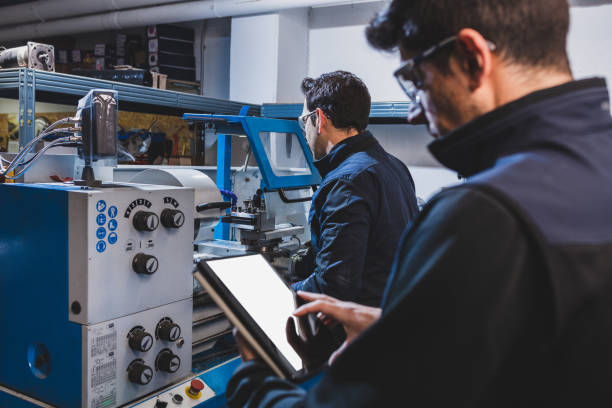How to Touch Off Tools in a CNC Mill
Touching off tools in a CNC mill is an essential procedure that ensures precise and consistent machining results. It is a process used to establish the position of the cutting tool relative to the workpiece, essentially setting a zero reference point. Whether you’re a seasoned machinist or just starting your CNC journey, mastering the skill of touching off tools is crucial for achieving accuracy in your projects. In this comprehensive guide, we’ll dive into everything you need to know about touching off tools, including the tools needed, methods involved, and tips to optimize your workflow.
Understanding Tool Touch Off in CNC Machining
In CNC machining, tool touch off is the process of finding the exact position of a cutting tool relative to the workpiece. This is done to ensure that the tool starts cutting at the correct depth and location, which is crucial for the accuracy and quality of the finished part.
Why Tool Touch Off is Important
- Precision: Touching off ensures that the tool starts from the exact height necessary for making accurate cuts. Without proper touch-off, you might end up with parts that do not meet specifications.
- Consistent Quality: Properly setting the tool height guarantees repeatability in manufacturing, which is especially important when creating multiple identical parts.
- Avoiding Damage: Incorrect tool height can lead to premature tool wear or even damage to the machine. It can also cause excess strain on the spindle, especially if you are using a high-performance spindle like the 6KW Air-Cooled Spindle with Flange.
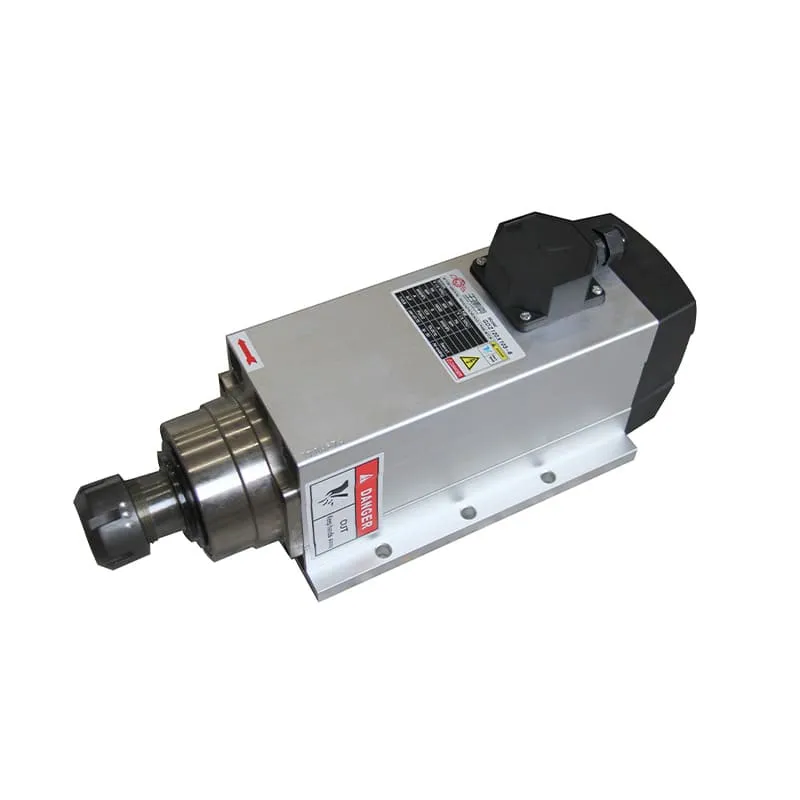
Key Tools for Touching Off
- Tool Height Setter: A dedicated tool height setter is used to accurately measure the length of the tool and set it to a known reference point.
- Touch Probe: Some CNC machines come equipped with touch probes that can automatically find the position of the tool in relation to the workpiece.
- Gage Blocks: These are precision-ground blocks used as a reference standard for tool height.
Using the right equipment for touching off tools makes a significant difference in machining accuracy. For example, a spindle like the 7.5KW ER32 Air-Cooled Spindle ensures sufficient torque and stability during tool touch-off. 
Types of Tool Touch Off Methods
There are several methods to touch off tools, each with varying levels of complexity and precision. Choosing the right one depends on the accuracy required and the type of CNC machine you are using.
Manual Touch Off
Manual touch-off is the most basic and commonly used method, particularly on smaller CNC mills or machines without automated probes.
- How It Works: In manual touch-off, you slowly lower the tool until it just touches the surface of the workpiece or a gage block. You can use a piece of paper to help gauge when the tool is close to the surface.
- Advantages: This method is simple and does not require specialized equipment, making it accessible for beginners.
- Challenges: Manual touch-off can be time-consuming and is susceptible to human error. Precision depends largely on the skill of the machinist.
Using a Tool Setter
A tool height setter is a device used to accurately measure and set the height of the tool. This is more precise compared to manual methods.
- How It Works: Place the tool setter on the workpiece or machine table. Lower the tool until it activates the setter. The CNC machine then records this position as the zero reference point.
- Advantages: This method provides greater accuracy and repeatability, especially useful for production environments.
- Challenges: Tool setters can be relatively expensive, but they are worth the investment for professional shops needing high precision.
Touch Probes
A touch probe is an automated device that works by sensing when the tool makes contact with a specific surface.
- How It Works: The probe is attached to the CNC machine, and the tool is moved towards the workpiece. Once the probe makes contact, it sends a signal to the machine, which records the position.
- Advantages: This is the most accurate method and is highly efficient for touching off multiple tools. It also minimizes human error.
- Challenges: Not all machines come with a built-in touch probe, and retrofitting one can be costly.
Practical Example: Touching Off with a Water-Cooled Spindle
Using a spindle like the 60000RPM 300W ER8 Water-Cooled Spindle, you can achieve high precision during tool touch-off, especially when working with intricate parts. This spindle ensures that even the smallest adjustments can be accurately measured. 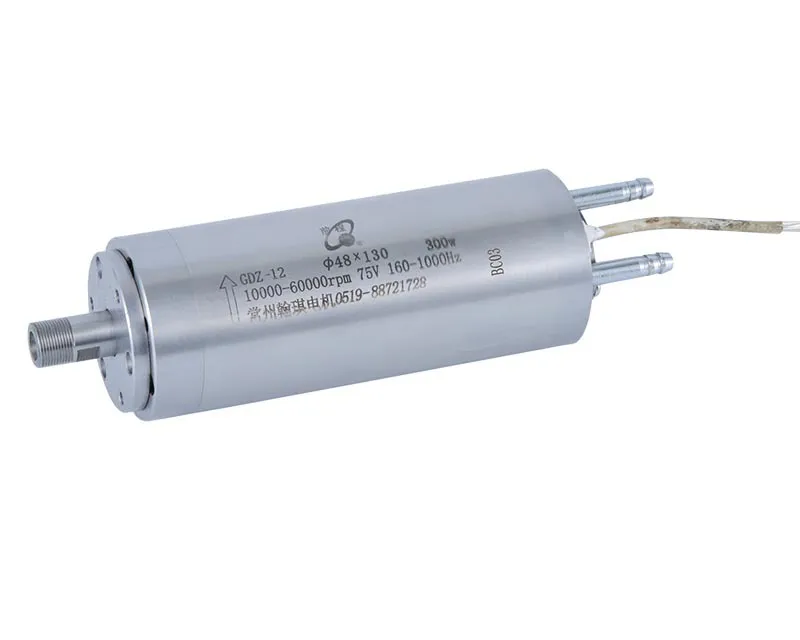
Setting Tool Height Offsets
After touching off your tool, you need to set the tool height offset. This is a value that tells the CNC machine where the tool is in relation to a known reference point, usually the top of the workpiece or the machine table.
Steps to Set Tool Height Offsets
- Select the Tool in the CNC Control: Access the CNC machine’s control panel and select the correct tool from the tool library.
- Move the Tool to the Touch Point: Using manual controls, jog the tool to the touch-off point, which could be the workpiece surface or a gage block.
- Record the Offset Value: Once the tool touches the reference point, record the position as the tool height offset in the control software.
- Verify the Offset: Always verify the tool height offset by running a test cut. This ensures that the recorded value is correct and that no mistakes were made during touch-off.
Using a Post Processor for Accuracy
A post processor converts CAM-generated tool paths into machine-specific G-code. Using a reliable post processor helps ensure that the tool offsets are interpreted correctly by the CNC machine, resulting in accurate cuts.
For example, if your setup includes a spindle like the 24000RPM 800W ER11 Water-Cooled Spindle, using a post processor that matches your machine’s parameters is essential for maintaining the correct tool height during machining. 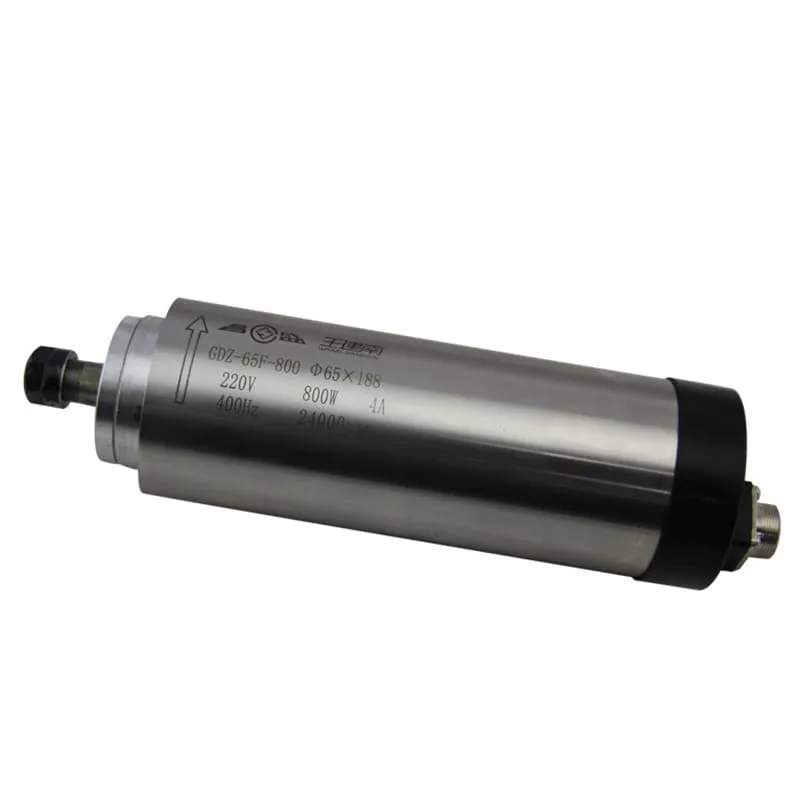
Common Mistakes and How to Avoid Them
Even experienced machinists can make errors when touching off tools. Here are some common mistakes and how to avoid them:
Incorrect Touch-Off Surface
Touching off on an incorrect surface can lead to significant errors in your final part dimensions. Always ensure that the touch-off point is consistent for all tools.
Forgetting to Record Offsets
Failing to record the offset after touching off means the machine has no reference for that tool, which can result in scrapped parts. Always double-check that offsets have been saved properly.
Tool Deflection
Tool deflection can occur if you apply too much force during manual touch-off. This causes the tool to bend slightly, leading to an inaccurate offset value. To avoid this, use minimal pressure when touching off.
Optimizing Your CNC Workflow with Tool Touch Off
Touching off tools is not just about precision—it’s also about efficiency. Here are some tips to make your tool touch-off process faster and more reliable:
- Use Digital Tool Setters: Invest in a digital tool height setter to speed up the process while reducing the chance of human error.
- Automate Where Possible: If your machine supports it, use an automatic touch probe to reduce touch-off time and improve accuracy.
- Keep Tools Consistent: Always use tools that are compatible with your spindle motor and CNC machine. For instance, if you use a 5.5KW ER32 4-Pole Air-Cooled Spindle, make sure the tools you use are rated for the spindle’s speed and torque.
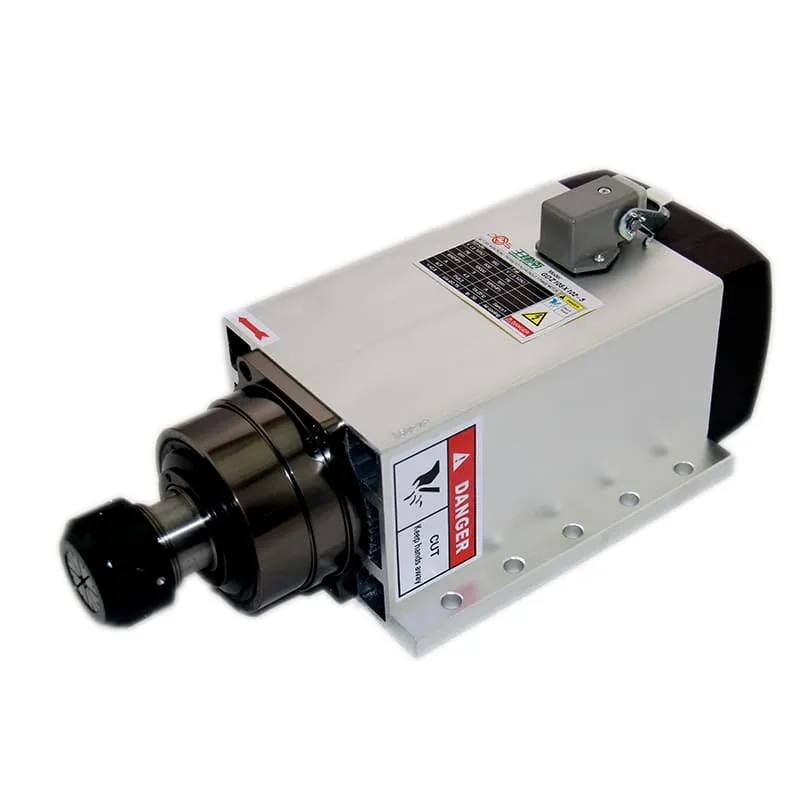
- Create a Touch Off Routine: Develop a consistent routine for touching off tools. This might include cleaning the workpiece surface, verifying tool numbers, and checking offsets before starting the machining operation.
FAQs
1. What tools do I need for touching off in a CNC mill?
You will need a tool height setter, touch probe, or gage blocks to accurately measure the position of the cutting tool. Each of these tools offers varying levels of precision and ease of use.
2. Can I manually touch off tools without special equipment?
Yes, you can manually touch off tools by lowering the tool until it touches the workpiece surface. However, this method is less precise compared to using a tool height setter or touch probe.
3. Why is setting tool offsets important in CNC machining?
Setting tool offsets ensures that the CNC machine knows the exact position of the cutting tool. This is crucial for making accurate cuts and maintaining the quality of the finished part.
4. How does a post processor affect tool touch off?
A post processor converts CAM tool paths into G-code that the CNC machine can understand. It ensures that tool offsets and other parameters are correctly interpreted, leading to accurate machining.
5. Which spindle is best for high-precision tool touch-off?
Spindles like the 24000RPM 3.2KW ER20 Water-Cooled Spindle are ideal for high-precision tool touch-off, as they provide consistent power and speed. 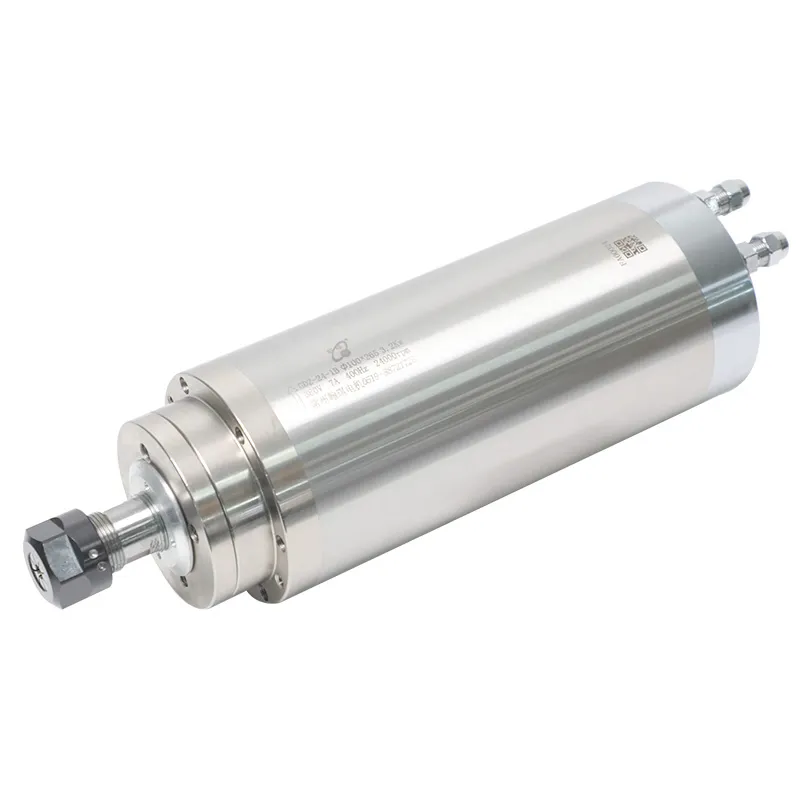
Conclusion
Touching off tools in a CNC mill is a fundamental skill that can significantly impact the accuracy, quality, and efficiency of your machining projects. By understanding the different methods—manual touch-off, using a tool setter, or employing a touch probe—you can choose the best approach for your specific needs. Ensuring proper tool height offsets and optimizing your workflow will help you achieve consistent, high-quality results.
Visit spindlemotorshop.com for a wide selection of spindle motors and accessories that will enhance your CNC experience. By using the right tools and techniques, you can master the art of touching off and take your CNC projects to new levels of precision and success. Start refining your skills today, and unlock the full potential of your CNC mill!

